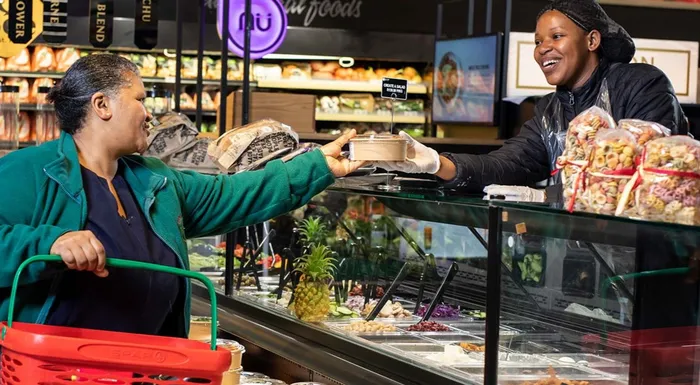Stokvels to the rescue

Stokvels serve as a means for communities to pool resources, fostering unity and mutual assistance while offering savings for specific purposes. Picture: Supplied
IT IS NO secret that South Africans across the Northern Cape and indeed the entire country are struggling with rising food prices stemming from global conflicts and the growing influence of climate change on input costs associated with food production and distribution.
Other aspects to consider include rising fuel costs, interest rate hikes and other economic pressures. With load shedding now a part of daily life, it is clear that the food industry is facing mounting challenges that need to be resolved if food security is to be stabilised.
Questions remain as to where this leaves the consumer who is faced with the ever-increasing cost of living.
A spokesperson for the Spar Group, Mpudi Maubane, said that ever-resilient South Africans are turning to the age-old concept of Ubuntu by finding new life in the growing number of grocery stokvels and community-based savings clubs.
“Ubuntu is rooted in the belief that we are all interconnected and we can achieve great things when we support one another,” Maubane said.
A stokvel is a credit union where members contribute regular amounts towards a common goal.
Stokvels, which are deeply ingrained in South African culture, have their origins in livestock purchases and have evolved to support various financial needs like weddings and funerals.
Today, stokvels serve as a means for communities to pool resources, fostering unity and mutual assistance while offering savings for specific purposes - a valuable approach in a society that has increasingly less money to spend on food.
Like community-based savings clubs, stokvels have gained recognition for their potential to offer financial support during tough times.
“Over the last few years, we have seen hundreds of shoppers coming into stores as part of grocery stokvels, whereby they have pooled funds along with friends, family and neighbours to buy bulk groceries, mainly essentials. This happens most typically between November and mid-December”, Maubane said.
“In the face of widespread financial constraints, grocery stokvels provide a practical lifeline. Not only do they enable members to stretch their budgets and ensure a degree of financial and food security for their families, they also offer a good starting point for consumers to learn to maintain control over their limited finances, creating healthier long-term spending habits.”
By joining a grocery stokvel, members can benefit from bulk buying, budget control and financial security.
Through bulk grocery deals one can benefit on items that have a longer shelf life like rice, maize, canned goods and other pantry staples, which can significantly reduce your monthly grocery expenses.
Bulk buying other essential items like detergents, toiletries and back-to-school supplies makes good sense.
In times of emergency or unexpected expenses, stokvel members can rely on their savings to cover essential purchases without resorting to high-interest loans or credit cards.
How to get started with your stokvel:
Choose the purpose: Decide what range of grocery items you want to save for. You might want to exclude perishables, luxury items or alcohol for example. The key to running a successful stokvel is to establish clear goals and rules upfront.
Gather your group: Assemble a group of like-minded individuals who will agree to and be committed to the stokvel's objectives.
Set rules and contributions: Define the rules of your stokvel, including what the regular contributions from each member will be and on a meeting schedule to review finances and make purchases.
Trust and transparency: Build trust within your stokvel by maintaining transparency and clear communication. Honesty and open discussions are key to a successful group.
“Grocery stokvels and community-based savings clubs are an economical way to shop for necessities and we anticipate that these emerging trends will continue to shape the way consumers shop in the future,” Maubane concluded.